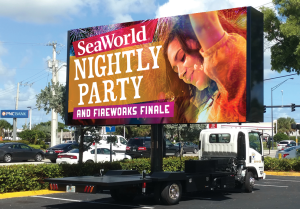In an age of digital overload, brands in the medical space face a unique challenge: how to connect with patients in a way that feels personal, relevant, and above all — trusted. This is especially true when addressing local audiences, where the hyperlocal advertising for healthcare must walk the line between visibility and empathy.
Enter the rise of ambient print triggers: physical, in-hand media designed to appear in patients’ most emotionally resonant environments — not as clutter, but as helpful guides. While geofenced ads and local SEO strategies get all the attention, smart marketers are rediscovering the power of tactile, local healthcare ads that land directly in patients’ hands during the micro-moments that matter most.
Let’s explore how the hyperlocal advertising for healthcare can be reimagined through ambient media placed at moments of real focus — and how healthcare marketers can use this approach to build trust, brand recall, and action.
Why the Hyperlocal Advertising for Healthcare Must Go Beyond Digital
Most healthcare marketers rely heavily on programmatic or geo-targeted campaigns — and for good reason. Digital allows scale, speed, and data.
But it comes with trade-offs:
Banner blindness is real — patients tune out healthcare ads on screens, especially in moments of stress or distraction.
Overload of health-related content online makes it hard to stand out.
Trust is harder to earn through pixels alone, especially in an era of skepticism around medical messaging.
That’s why the hyperlocal advertising for healthcare needs a physical counterpart: a strategy that shows up offline, in trusted locations, with contextual relevance. This is where ambient print triggers shine.
Understanding Micro-Moments in the Patient Journey
Micro-moments are those brief but influential windows when a person is especially receptive to a message. In healthcare, these include:
Waiting for a prescription
Sitting in a clinic waiting room
Dining at a hospital cafeteria
Attending a local wellness event
Walking into a community center or salon






